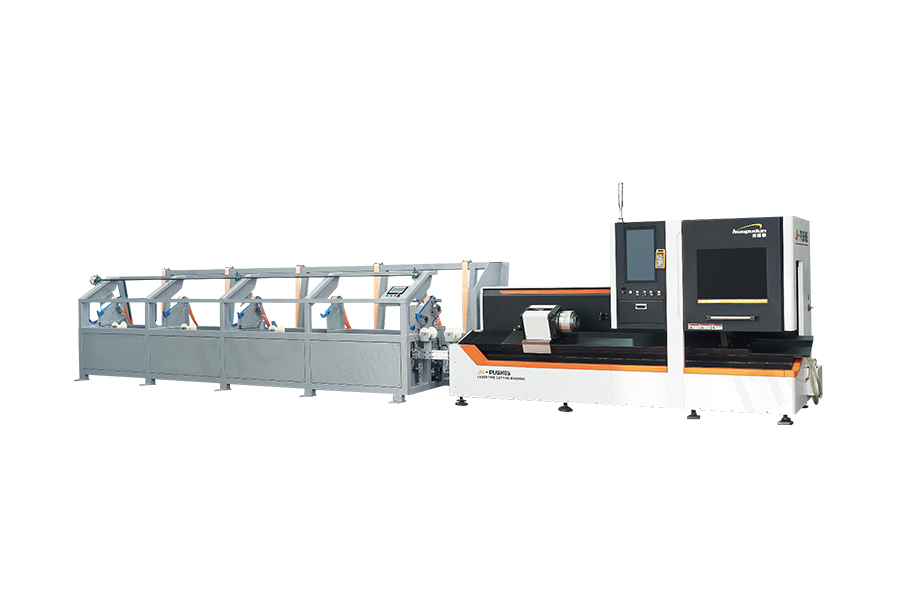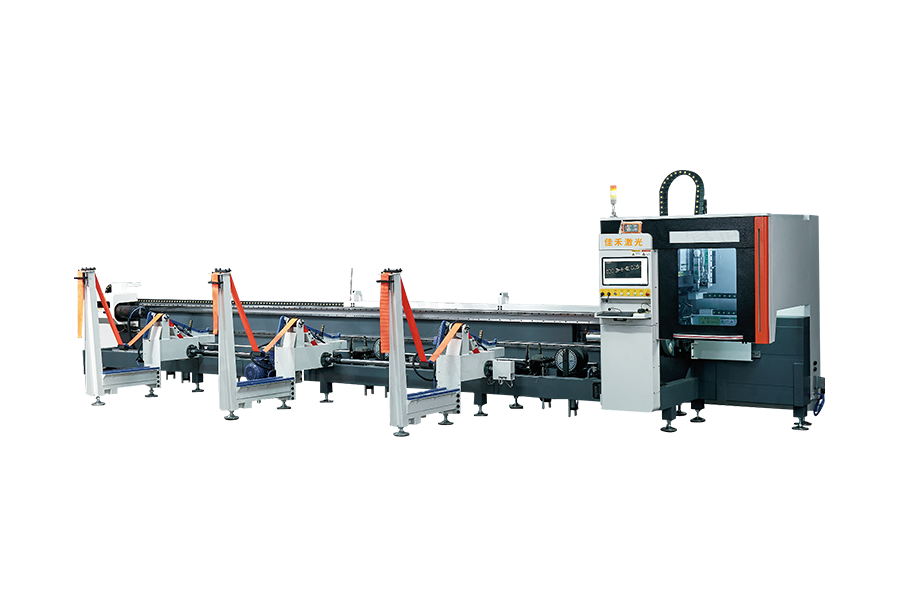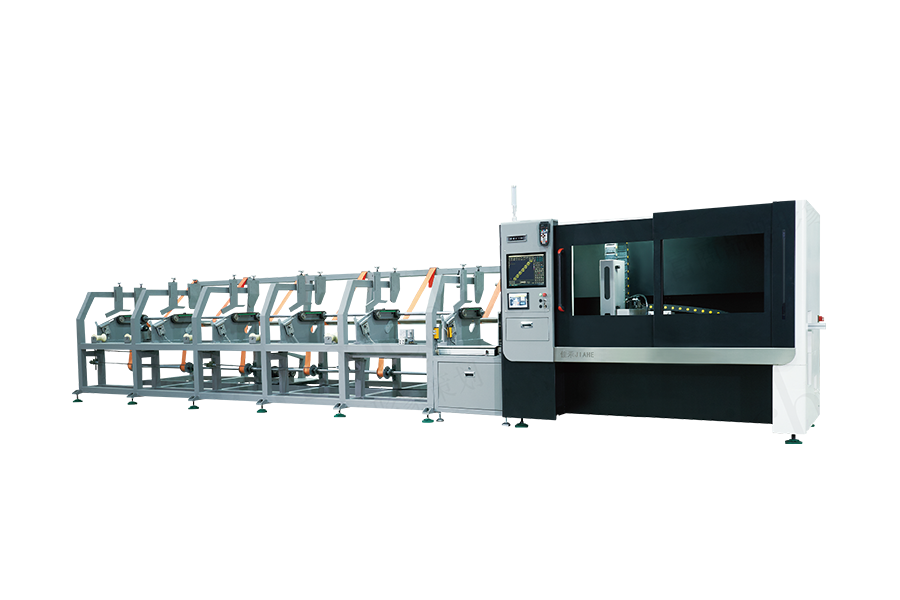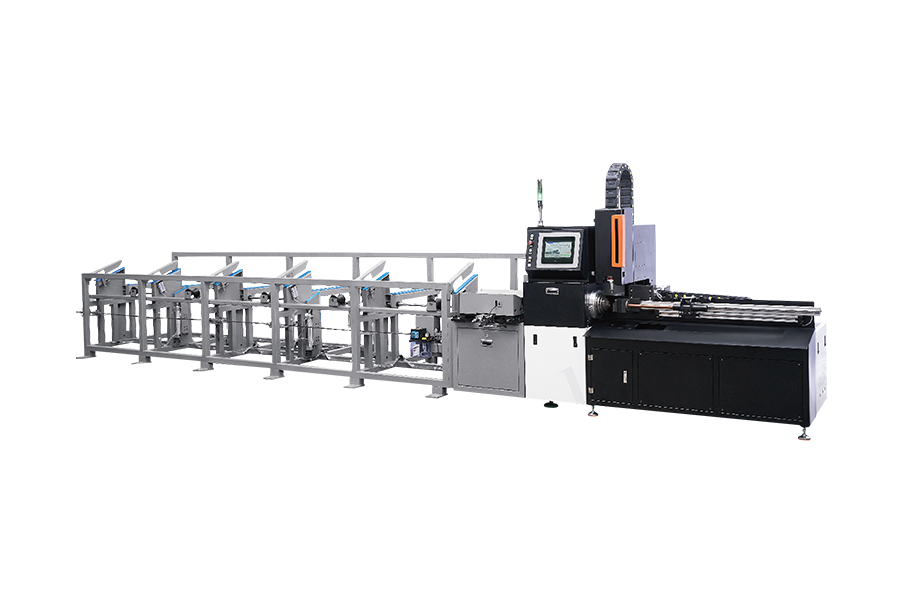Professional R&D, production, sales and after-sales integration.
We have many years of experience in R&D of automation technology and laser technology
In recent years, the field of metal processing has undergone significant transformation due to the introduction of advanced CNC Laser Pipe Cutting systems. These tools have gradually reshaped how industries approach tube shaping, enabling improved accuracy and better consistency in production. From construction materials to automotive components, the demand for refined cutting methods has contributed to the growing integration of CNC technology in pipe fabrication.
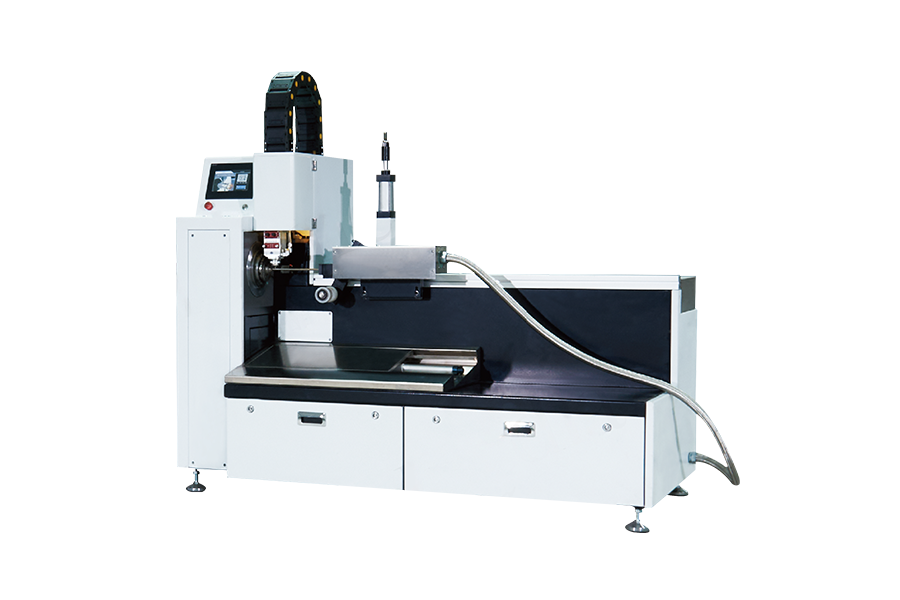
The CNC Laser Pipe Cutting process incorporates computer numerical control to guide a laser beam through specific cutting patterns. This high-tech method supports a wide range of geometries, giving manufacturers more control over angles, holes, and end profiles. For companies working with various pipe designs, this allows for smooth transitions between different tube configurations without needing extensive manual intervention.
One of the critical benefits of CNC Laser Pipe Cutting is its ability to handle different types of material thicknesses without extensive retooling. Unlike traditional methods that rely heavily on physical tooling or mechanical force, this approach uses a focused laser beam, less heat distortion and preserving the structural integrity of the cut area. As a result, many fabricators now view this as a dependable solution for achieving consistent results.
Modern production environments also depend heavily on reliable equipment like the metal tube cutting machine. These machines are designed to support a continuous workflow while reducing the potential for human error. Many of these systems now come equipped with automation features that streamline the loading and unloading of tubes, less downtime and increase throughput.
As manufacturing operations look for flexible solutions, CNC Laser Pipe Cutting becomes a key component of the broader metalworking process. It supports the creation of intricate components that were once considered difficult or time-consuming to produce. Whether the goal is to create decorative metal structures or precise functional elements, this method offers a pathway toward smoother fabrication.
At the same time, the role of the metal tube cutting machine continues to evolve. Some setups now integrate with robotic arms or advanced sensors, allowing for real-time feedback and adjustment. This increased connectivity helps maintain a high level of accuracy during extended production runs and ensures that materials are utilized more efficiently.
Notably, CNC Laser Pipe Cutting also contributes to material savings. By creating cleaner cuts and reducing scrap, manufacturers are able to extract more usable product from each metal tube. This efficiency aligns with modern expectations around resource management and waste reduction, both of which are critical in today’s production strategies.
On the shop floor, operators often comment on the ease of transition from one job to another when using a CNC Laser Pipe Cutting system. Compared to older mechanical systems, which require substantial manual adjustments, CNC-guided operations allow for faster job changeovers. This level of adaptability proves valuable for operations handling varied batch sizes or working with multiple product types.
The use of a metal tube cutting machine is not limited to large-scale factories. Small and mid-size workshops are also integrating these machines to meet quality standards and respond to customer demands. Whether for straight cuts or custom profiles, these systems bring new capabilities that can be tailored to a wide range of projects.
As precision continues to be a key requirement in metalworking, the combination of CNC Laser Pipe Cutting and a well-designed metal tube cutting machine offers consistent performance and dependable quality. This synergy not only enhances production efficiency but also opens new possibilities for innovation in metal fabrication processes.

 English
English 中文简体
中文简体 русский
русский